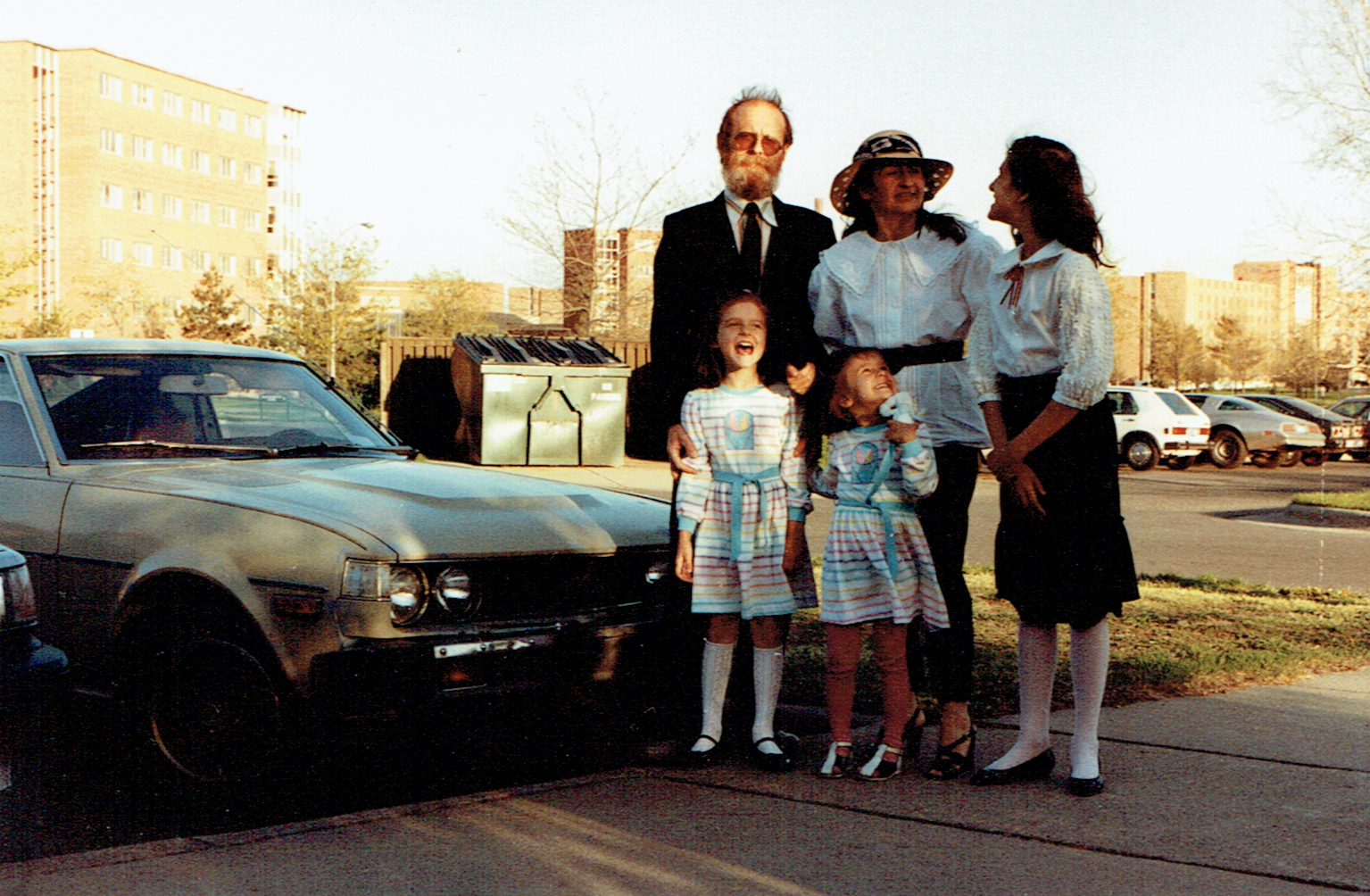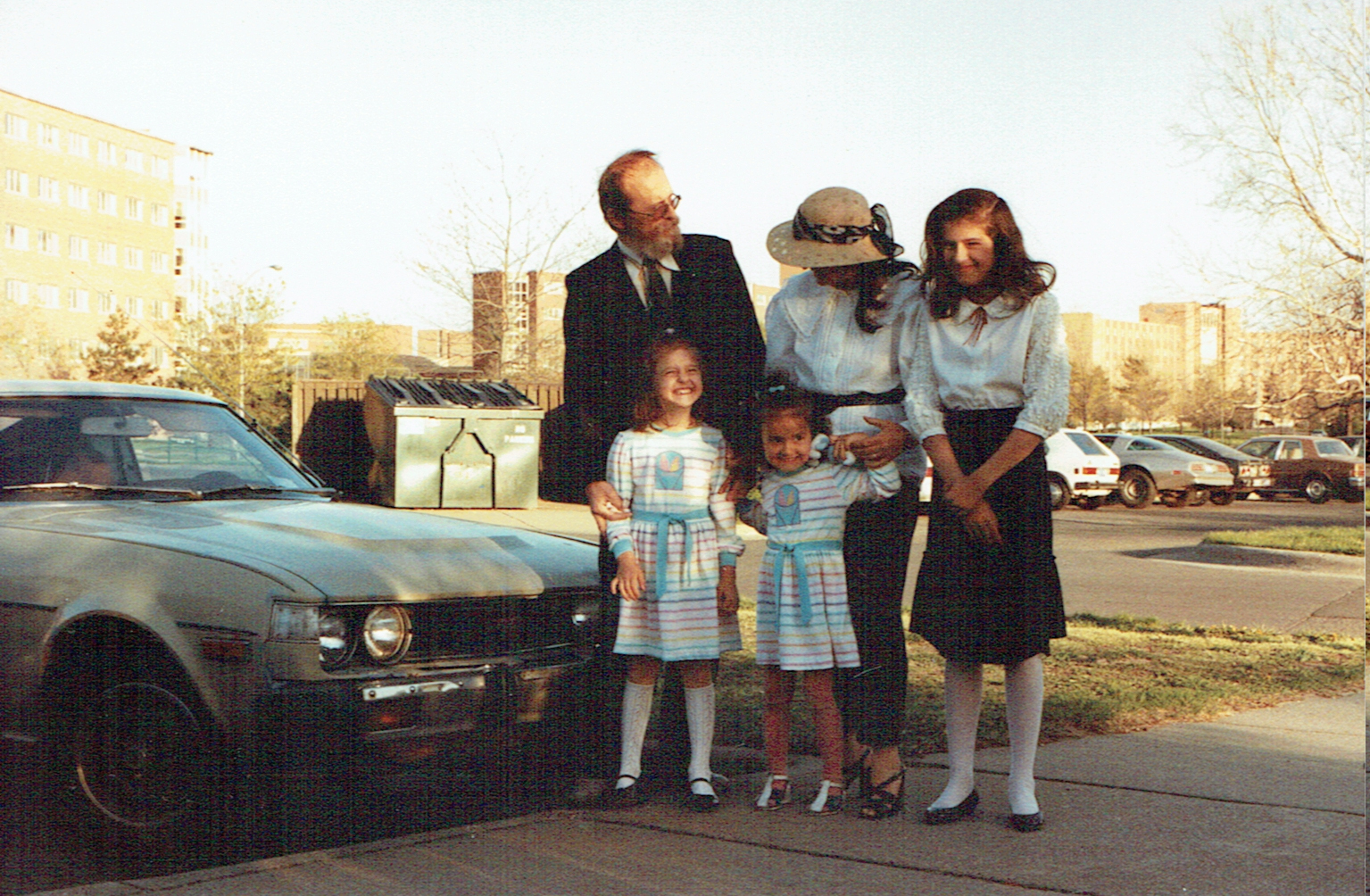Going deeper into the yoga practice “AHIMSA – NON-HARM”
When most people hear you’re practicing yoga, they think only of the asana practice: beautiful, skinny yogis doing really advanced postures. But the asana practice is only one of the eight limbs of yoga. Practicing Ashtanga Yoga means practicing all of the eight limbs. The Yoga Sutras of Patanjali, an ancient yoga text, focus very little on the physical yoga postures, but teach us how to live on the spiritual yoga path.
I am dedicating this series of posts to how I understand the first two limbs of Ashtanga Yoga: the Yamas and Niyamas. They are the do’s and don’ts to put it simply, yoga’s ethical guide of living. Yamas regulate how we relate to others and Niyamas teach us principles and commitments to ourselves, that we should follow in our everyday lives. Finding a way to live according to this code is a lifetime journey of yoga.
There are 5 Yamas and 5 Niyamas:
Yamas:
Ahimsa – non-violence
Satya – truthfulness
Asteya – non-stealing
Brahmacarya – celibacy
Aparigraha – non-attachment
Niyamas:
Shaucha - purity
Santosha - contentment
Tapas – self-discipline
Svadyaya – self-study
Isvara Pranidana - devotion to the divine
Whatever the reason that we go to our first yoga class, it is a start of something special. I started practicing yoga just as a physical practice, but as the years passed by and I spent more and more time on my mat, I started to understand it was more than that. Today I see what a great feeling it is to be present, mindful, and connected to yourself while on the mat. The hardest part is taking that mindset off the mat and into real life.
I’d like to dedicate this post to the first of the Yamas, which is Ahimsa, non-violence or non-harm. You can find many definitions of the Yamas, but I want to share with you my own personal experience. How I try to practice Ahimsa in my own life. Below are the different aspects on how I understand living according to Ahimsa:
Respect to nature - Living in harmony with nature, not causing unnecessary harm to life around us.
When I was a child, my parents taught me to respect all living beings, were they animals or plants. Giving respect to nature and not causing harm if you can help it. My dad would never kill any animal. If there was a fly in the house he would catch it in his hand and let it out the window, he would teach us how to roll up a sheet of paper to catch a spider, so it crawls into the corner. He taught us to share our ice cream on the beach with the wasp and try not to be afraid of it (unfortunately this particular lesson didn’t stick very well, as I’m still terrified of wasps. I know, however, how to stay calm and shoo it away with slow hand motions, so as not to anger it).
My mom always loved to pick flowers, but my dad would get a little upset that we are not letting the flowers grow in the beautiful field. He said that it should be enough to just look at them and appreciate their beauty.
As this was the way we lived in my home, I was surprised to come in contact with other children who did not posses the same respect, and acted violently or cruelly towards animals. I always tried to explain to them that the animals are more afraid of us than we are of them. Why would you want to hurt them? Unfortunately I was not always successful, even with my friends.
When I started meeting people in the yoga community, I realised that there is so many kind-hearted people around me. People to whom I don’t need to explain why I was carrying out an insect out of the yoga shala so nobody steps on it… This is one of the most beautiful parts of being in this community: it brings kind and loving people together.
My wonderful parents, when they were young, this is one of my favourite photos of them <3 They always spent their summers camping by the Drawskie lake in Poland.
Vegetarianism - The way we eat should not cause harm to our fellow beings. Being a vegetarian or vegan is often a choice of yogis, as it is a way of living in harmony with nature.
I did not grow up in a vegetarian home, as these were different times and it was not a well-known way of life, but I never felt comfortable with eating meat. When I was small, I loved to watch my mom cooking in the kitchen, and sometimes she would let me help. I always thought that raw eggs and meat were something seriously disgusting and disturbing. But it seemed that it was just the way life is and that we just have to get used to this. So, when I started cooking myself, I tried to ignore this feeling and block it inside me.
After my first year of practicing yoga these feelings started to resurface. Initially I did not in any way connect this with practicing yoga, and it is only now, years later, that I see the connection. I started feeling mental discomfort when eating meat and finally decided to stop altogether. For the first year I still ate fish, as it was the hardest to give up for me. But later decided that I have to commit myself and became vegetarian. Today I am eating a mostly vegan diet, but still allowing myself a little cheese or butter on weekends. I feel I am still on a journey with finding balance in my diet, but I’m finally true to myself and what I was feeling since childhood.
Non-conflict with others – Accepting others and their differences, accepting different traditions and views even if we do not agree with them.
We are all different, however strong our drive to just fit in. I try to live not judging others, but rather embracing our differences.
I spent a large part of my childhood years in a university town in the United States. My dad spent several years working at Michigan State University, and we lived on the university campus and went to the local school. The campus was an amazing international community, and the kids in school came from all parts of the world: over 40 different countries. Each year we had a festival to celebrate our diversities. Everyone would dress in traditional clothes from their country and share something about their traditions. It was a great place to grow up in and it is part of who I am today.
The past 2 years I have been living in London, and I love life in this amazing, vibrant and multicultural city, as it is the XL version of that university campus.
Our family photo, when I was 4 years old. This is the elegant version, with the nicer side of our car :)
And the casual version :D Also, a big thank you to my wonderful parents, for giving us a warm, loving and full of kindness home <3
Being kind to yourself and others – Read my post on “Practicing kindness on and off the mat’
Sending positive energy towards our loved ones, friends and not only friends - the Loving-Kindness meditation.
During a yoga workshop with Nancy Gilgoff she taught us a special loving-kindness meditation. It is a 2500-year-old Buddhist meditation, where you send love and kindness to yourself, your loved ones, but also people you don’t especially like.
Each morning, after my yoga practice, I take a few minutes sitting on the mat and sending some positive energy around. Does it work? I am not sure, but why not give it a try? There has been some study on the effects of this meditation, proving that it increases positive emotions and decreases the negative ones. Below are the words of this simple, yet so special meditation:
MAY I BE FILLED WITH LOVING KINDNESS.
MAY I BE WELL.
MAY I BE PEACEFUL AND AT EASE.
MAY I BE HAPPY.
Loving myself – appreciating my body, my life here on earth, and trying not to think negatively about myself. Accepting all my flaws as part of me, part of who I am. Taking care of both my body and mind to stay on a healthy path, both physically and mentally.
When I was a teenager I used to obsess about my crooked nose, which was broken 4 times and has a big bump. My plan for when I grow up was to make a lot of money and have plastic surgery to get rid of this bump. Today the bump is just as big as it always was, but it is a part of me and I grew to like it. I long forgot the childhood plans and would not change anything today.
It’s a common problem to doubt yourself, to look in the mirror and see only flaws. But let’s try to see them as part of our story, part of who we are: we wouldn’t be us without them. We only have one body so let’s learn to accept and love it and take care of it as well as we can.
This is how I try to lead my life according to Ahimsa. What are your thoughts on this subject?




